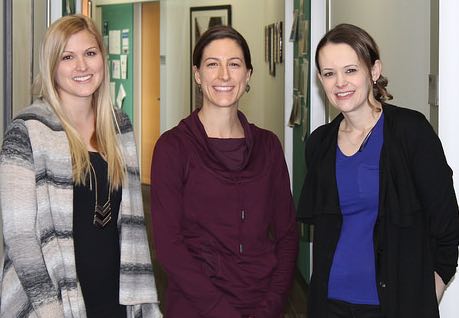Occupational therapy students at Northern Arizona University’s Phoenix Biomedical Campus are learning from their peers and volunteer community health mentors in a new innovative program.
The student teams learn firsthand from their mentors what it means to live with an illness or disability and to understand the mentor’s experience with the healthcare system. In addition, the students learn how the mentors’ home and community environments support or create barriers to their engagement with everyday activities.
“Every six weeks, students go out to the mentors’ homes and complete a focused assignment,” said Oaklee Rogers, assistant clinical professor of occupational therapy. “They do things like comprehensive medical histories, occupational, home and community assessments.”
Students said the most valuable part of the experience is working with students from other medical disciplines, including medical students, physical therapists, nutritionists and physician assistants. Teams of four or five are formed with students from NAU, Arizona State University and the University of Arizona.
“In my group we have two medical students and we learn about each other’s perspectives when we work with a client together,” said occupational therapy student Jill Johnston. “We expand what we are learning in the classroom.”

“Without this experience, I wouldn’t have known how doctors make their decisions and go about their business,” said Tiffany Fought.
“A lot of times, physicians are not aware of the benefits of occupational therapy,” said Lindsey Helburg. “By having a better understanding of our different professions, we can work together to provide a more holistic plan for patients.”
NAU’s occupational therapy and physician assistant students participate in the inter-professional program for one year.
Organizers, including Rogers, are evaluating the program, which just finished its first year.
The positive feedback has been unanimous as students learn to work with others, Rogers said. “Healthcare is getting away from people working in silos and this program helps students learn the benefits of working together for the sake of the patients.”



